Introduction
Cowries, scientifically known as Cypraeidae, are a family of small to medium-sized sea snails celebrated for their vibrant, polished shells. These marine gastropods have long fascinated humans, serving as currency, jewelry, and symbols of wealth in ancient civilizations. However, beyond their aesthetic and cultural significance, a less-explored question lingers: Can cowries be eaten? This article delves into the biological, cultural, and safety aspects of consuming cowries, examining whether these enigmatic creatures hold any culinary value or pose risks to human health. By analyzing their anatomy, ecological role, historical uses, and modern scientific insights, we aim to provide a comprehensive answer to this intriguing query.
Taxonomy and Biology of Cowries
Cowries belong to the class Gastropoda, which includes snails and slugs. They inhabit tropical and subtropical waters, thriving in coral reefs, rocky shores, and sandy substrates. Their distinctive shells, often smooth and glossy, are prized for their colors and patterns. The mantle, a soft tissue covering the shell, is equipped with sensory organs and a siphon for respiration. Cowries are primarily nocturnal, feeding on algae, sponges, and small invertebrates. Their life cycle involves a planktonic larval stage before settling into adult habitats.
Edibility Factors: Nutritional Composition and Taste
To assess edibility, one must first evaluate the nutritional content of cowries. Like many marine invertebrates, they are likely rich in protein, omega-3 fatty acids, vitamins (such as B12), and minerals (including zinc and iron). However, no comprehensive studies exist on the specific nutritional profile of cowrie flesh. Comparatively, other edible gastropods like conch, abalone, and whelks are valued for their meat, which is tender when cooked properly. Yet cowries are significantly smaller, with adult shells rarely exceeding 15 centimeters. This raises practical questions: Is the quantity of meat per individual cowrie worth the effort of harvesting and preparing them?
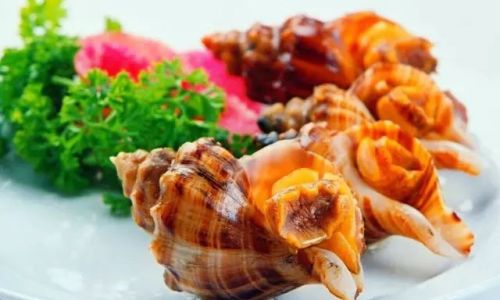
Taste is another consideration. Seafood enthusiasts describe the flavor of marine snails as briny, sweet, and slightly chewy. However, cowries’ diet—primarily sponges and algae—might impart a bitter or soapy taste, as seen in some sponge-feeding nudibranchs. Without culinary records or traditions of cowrie consumption, their palatability remains speculative.
Cultural and Historical Context
Historically, cowries were revered for their shells, not their flesh. In Africa, they served as currency until the 19th century; in Polynesia, they adorned rituals and royalty. Ancient texts from China, India, and the Mediterranean mention cowries in folklore and trade but never in recipes. This absence suggests that cowries were not part of traditional diets. Conversely, other gastropods like Trochus and Turbo snails were consumed in coastal regions, indicating that edibility varies within the class.
Risks and Safety Concerns
The primary barrier to consuming cowries is potential toxicity. Many marine organisms accumulate toxins from their diet or environment. For example, pufferfish contain tetrodotoxin, while some bivalves filter harmful algae. Cowries feed on sponges, a group known to produce bioactive compounds, including toxins. Certain sponges deter predators via terpenoids and alkaloids, which might bioaccumulate in cowrie tissues. Consuming such toxins could lead to paralysis, neurological damage, or death.
Additionally, cowries inhabit reefs prone to pollution, heavy metals, and microplastics. Shellfish like oysters and mussels are monitored for contaminants, but cowries lack such regulatory oversight. Harvesting them from polluted waters might expose diners to harmful substances.
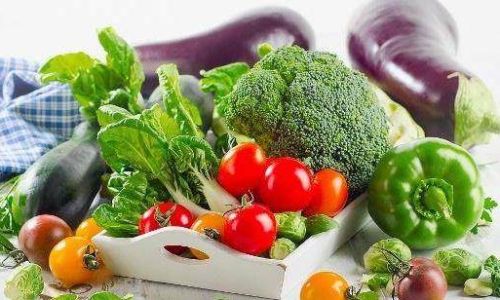
Modern Scientific Perspectives
Scientific literature offers scant data on cowrie edibility. A 2018 study on marine gastropod toxins analyzed Conus species (cone snails) but excluded cowries. Another paper in Toxicon (2020) noted that while no cowrie toxins are documented, their ecological niche warrants caution. Marine biologists emphasize that “just because an organism is a gastropod doesn’t mean it’s safe to eat.”
Preparation and Cooking Challenges
Even if non-toxic, preparing cowries poses logistical hurdles. Their small size necessitates harvesting vast quantities, which could threaten local populations. Cooking methods for larger snails—boiling, steaming, or frying—might not suit cowries’ anatomy. Their shells are thick, requiring tools to extract meat, and overcooking could render it rubbery.
Conservation and Ethical Considerations
Overharvesting for food could destabilize reef ecosystems. Cowries play roles in nutrient cycling and as prey for reef fish. The IUCN Red List does not assess most cowrie species, but localized declines from shell collecting are documented. Expanding harvesting for culinary use might exacerbate these pressures.
Comparison with Edible Marine Gastropods
Contrasting cowries with known edible species highlights gaps. Abalone (Haliotis) are prized for their sweet, meaty foot, cultivated globally. Conch (Strombus) is a Caribbean delicacy, with firm meat used in salads and fritters. Whelks (Buccinum) are popular in European cuisine. These species share traits absent in cowries: larger size, established harvesting practices, and documented safety. Cowries lack such a culinary legacy, making them an unappealing risk for chefs and diners.
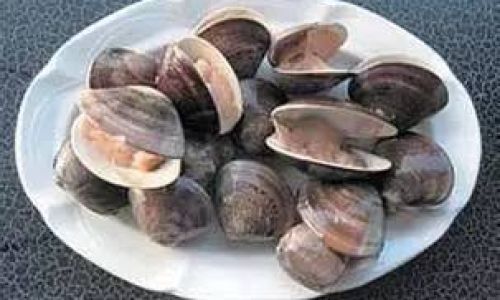
Culinary Experiments and Anecdotal Evidence
A handful of adventurous eaters have reported consuming cowries. Online forums describe boiling them for 10–15 minutes, then extracting the mantle and foot. Taste comparisons range from “chewy and mild” to “fishy and gritty.” However, these accounts lack scientific rigor, with no lab tests for toxins or contaminants. One blogger admitted to nausea post-consumption, attributing it to undercooking or individual sensitivity.
Conclusion: To Eat or Not to Eat?
The consensus leans against consuming cowries. While no definitive toxins are documented, the risks of bioaccumulation, ecological harm, and culinary underwhelm outweigh potential benefits. Their small size, lack of culinary tradition, and uncertain safety profile make them a poor choice for foragers. For those intrigued by marine gastronomy, safer alternatives like abalone, conch, or clams offer reliable nutrition and flavor without the gamble.
Final Thoughts
Cowries remain a marvel of the marine world, cherished for their beauty and historical significance. While curiosity about their edibility is natural, prudence dictates leaving them in the ocean. As reefs face growing threats from climate change and pollution, preserving cowrie populations as ecological assets—not culinary experiments—is paramount. The question of their edibility, though academically fascinating, underscores a broader truth: not every creature belongs on the plate, and sometimes, the greatest respect we can show nature is to admire it without tasting.

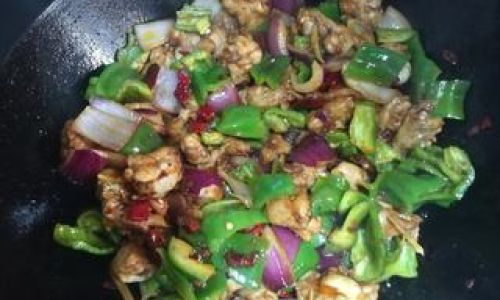

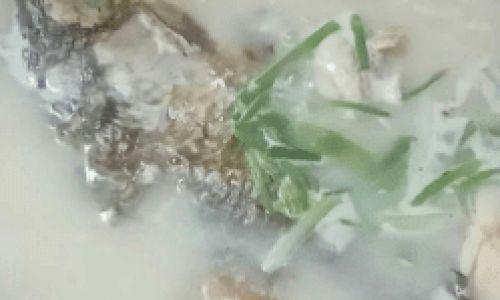
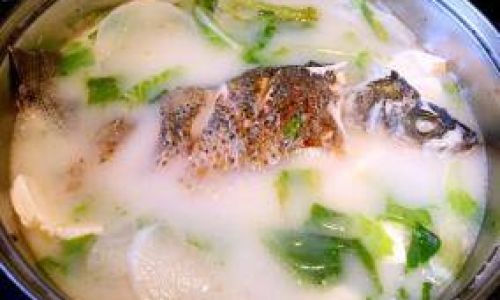
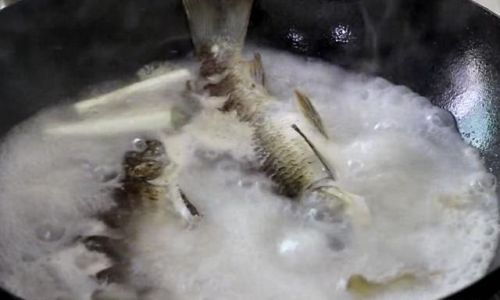
0 comments